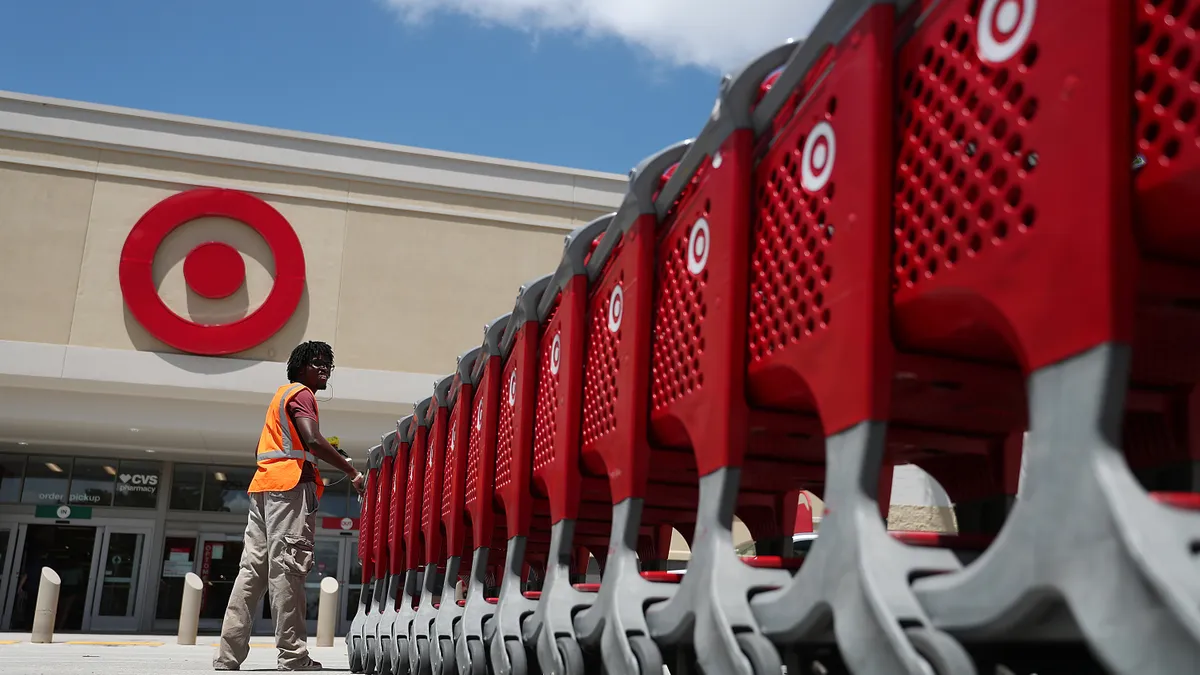As Americans age, fall ill or suffer a disability, the need for caregivers grows — and many workers are struggling to juggle familial responsibilities with their careers.
It’s estimated over 65 million people, nearly 30% of the U.S. population, cares for a family member. On average, they devote 20 hours per week to caregiving. For employers, caregiving benefits are becoming a new way to attract and retain talent. In a survey by Northeast Business Group on Health and AARP, caregiving ranks among the “top ten employee health and wellness benefits priorities” for most employers.
Why the benefits matter
For workers, caregiving benefits are crucial to their ability to stay in the workforce. For workers who don’t currently provide care, the benefit is attractive for potential needs. Statistics from Caregiving in the United States, collaboration between the National Alliance for Caregiving in collaboration and AARP, are sobering:
Of the 60% of caregivers are employed:
- Two-thirds have had to make adjustments to their work, such as reporting late or having to quit their jobs;
- 20% of family caregivers have had to take a leave of absence;
- About two-thirds of caregivers are women. Over 5% have children or grandchildren under 18 living in their home;
- Almost 17 million special needs children are cared for by family members; about 14% of family caregivers; and,
- As baby boomers age, people in their 80s and older will make up 37% of Americans by 2050. On average, older adults with high needs require 5 years of care.
Sandwich Generation
If you haven’t heard the term yet, it will soon become a part of your vernacular. The sandwich generation is typically in their 30s to 40s, caring for children as well as parent(s) in their home. Sandwiched between the needs of two disparate groups, this generation is taking on the financial and emotional stress of caring for loved ones who cannot care for themselves.
Many companies are trying to respond to their needs with extended leave options, but time off may not be enough. Most companies allow employees to use their accrued time off for caregiving, but less than half provide programming like caregiver support groups, counseling services, or subsidized in-home back-up care. Even for those companies who offer such benefits, awareness of options for caregivers is low.
Companies are looking for direction on this important benefit. The NEBGH/AARP survey points to the “absence of employer benchmarks and best practices for caregiving, lack of financial resources and lack of data to identify caregivers, as the greatest barriers to becoming more caregiving friendly.”
More than time away
Leave of absence isn’t the only option employers can provide. Debra Isaacs Schafer, founder & CEO of Education Navigation, LLC, recommends that HR survey employees about their work/life caregiving needs without making assumptions and create plans that address their needs, recognizing they can change over time.
“The culture needs to recognize that caregiving is complex and that supporting employees with these needs is what communicates that the business is work/family friendly,” she said.
Some employers provide:
- Flexible or remote work hours, part-time, and leaves of absence;
- On-site childcare, childcare subsidies, back-up childcare; and,
- Geriatric assessments, eldercare consultants and emergency adult back-up care.
Assisting those who assist
Employer support can help retain high performing staff throughout a difficult period. Counseling services for those who provide care can be a critical benefit to help cope with the often conflicting responsibilities they face. According to NEBGH, “caregivers generally abandon their own physical and emotional needs while caring for others:” employers should be poised to respond to their needs, as well.
Jeremy Nobel, MD, MPH, and Executive Director of NEBGH’s Solutions Center, noted it’s as important for employees to be aware of programming as it is to have programming available.
"More than three-quarters of employers surveyed agree that caregiving will grow in importance to their companies over the next five years," he said. "In addition to having the right policies in place, 'Caregiving Friendly' employers need to work hard to develop a workplace culture that recognizes and supports the needs of caregivers, and pushes back against the stigma and reluctance that many caregivers have in reaching out and seeking assistance."
Programs that help
Most Americans are unaware of any benefits available to them until a situation presents itself. Access to leave of absence or reduced hours is important for caregivers. But for many, the financial ramifications of lost work can be significant. For caregivers who juggle the financial impact of lost work, some compensation may be available.
If the care recipient has Medicaid/Medicare benefits, there may self-directed caregiving options. A participant works with a caseworker to create a care plan that “hires” the family member to provide services, help with meal prep, feeding, bathing, driving to appointments, etc. While not available in every state, about 1 million people currently participate.
The U.S. Department of Veterans Affairs (VA) offers some programs to compensate family caregivers for long-term care at home. The program is currently available through 61 VA medical centers in 35 states; they hope to expand the program to all states in the next 3 years.
Additionally, many states and municipalities offer in-home care, drop-off centers, senior services and more to assist family members with their responsibilities. The challenge for most employees is finding services during the difficult and emotional time when a situation becomes dire. Access to counseling and advisory services during that time from the employer can be most beneficial.
As the reality of caring for aging parents and those with special needs continues to grow, employers can participate to retain valuable staff members. Access to flexible working arrangements helps. Access to services that help the staffer make good choices for themselves and their loved one can be life-saving.












![Salesforce AI's CEO sits onstage across from Cristina Criddle. Screens that say Human[X] hang behind them.](https://imgproxy.divecdn.com/J71WpXWHjr8jmbCw_PX7Cp2YH7Pmo8dP66Pz0SEPfw4/g:nowe:0:104/c:1024:578/rs:fill:1200:675:1/Z3M6Ly9kaXZlc2l0ZS1zdG9yYWdlL2RpdmVpbWFnZS9HZXR0eUltYWdlcy0yMjA0NjUxNDM0LmpwZw==.webp)






